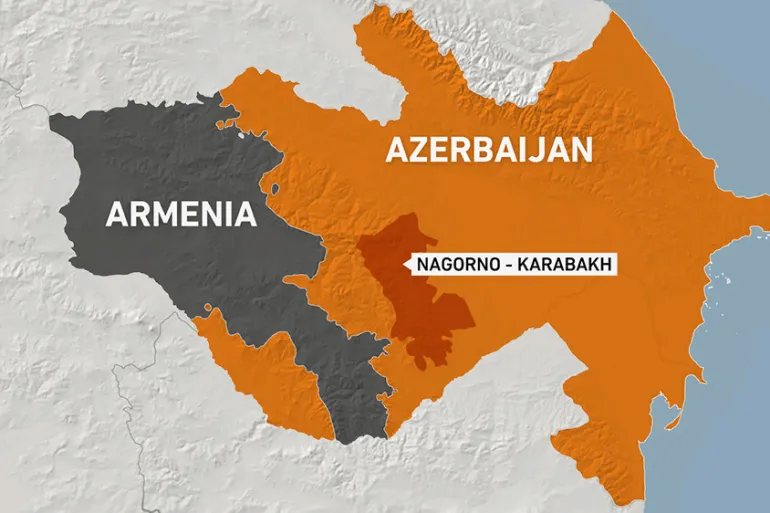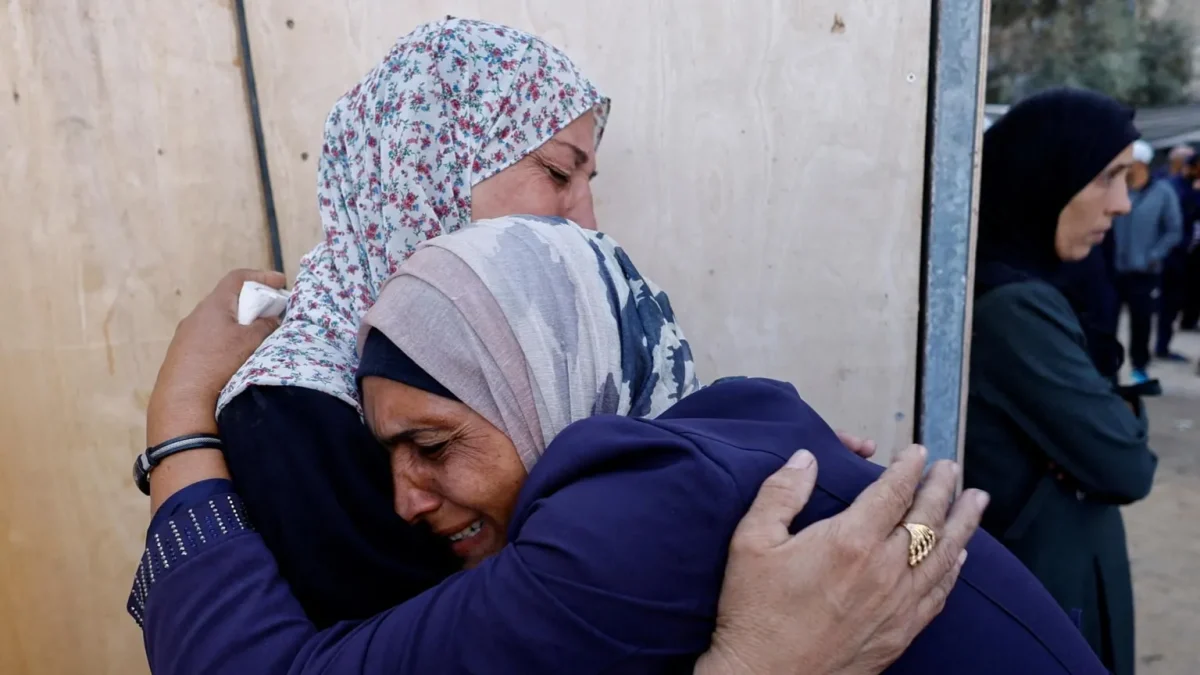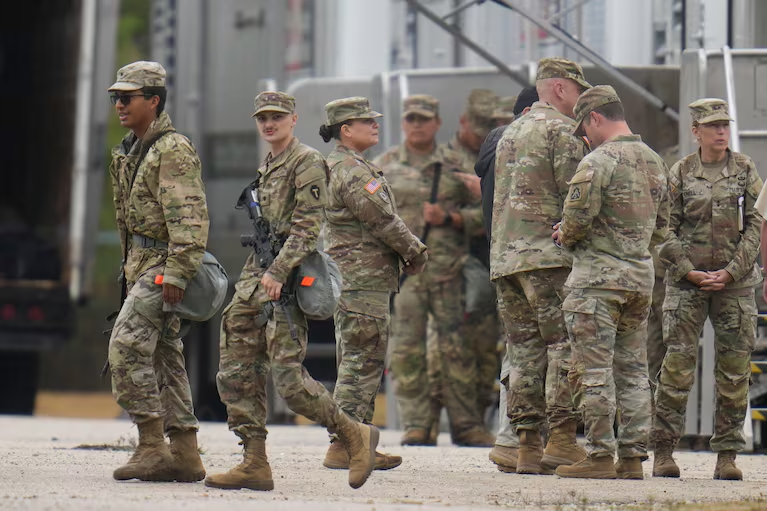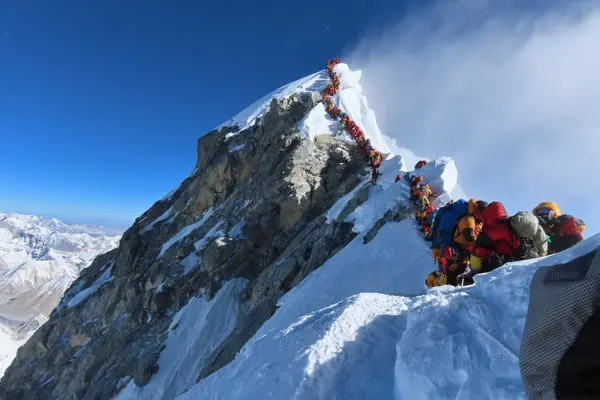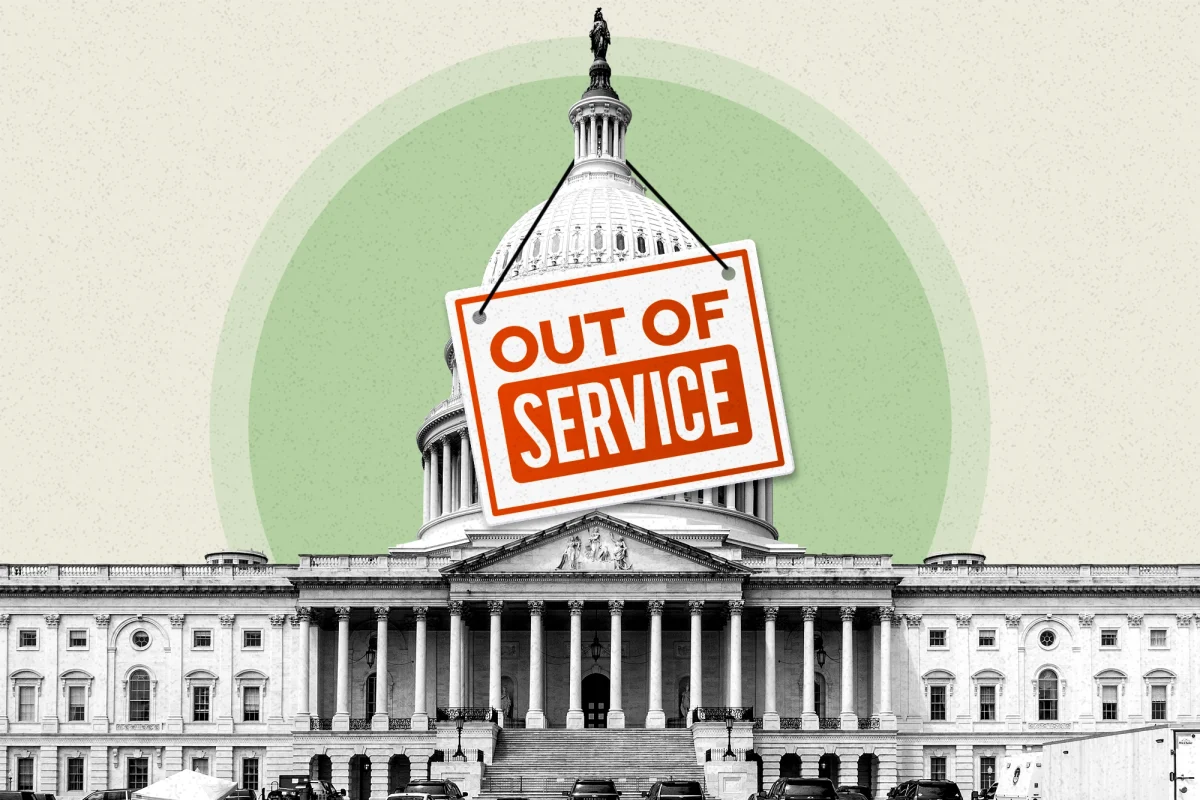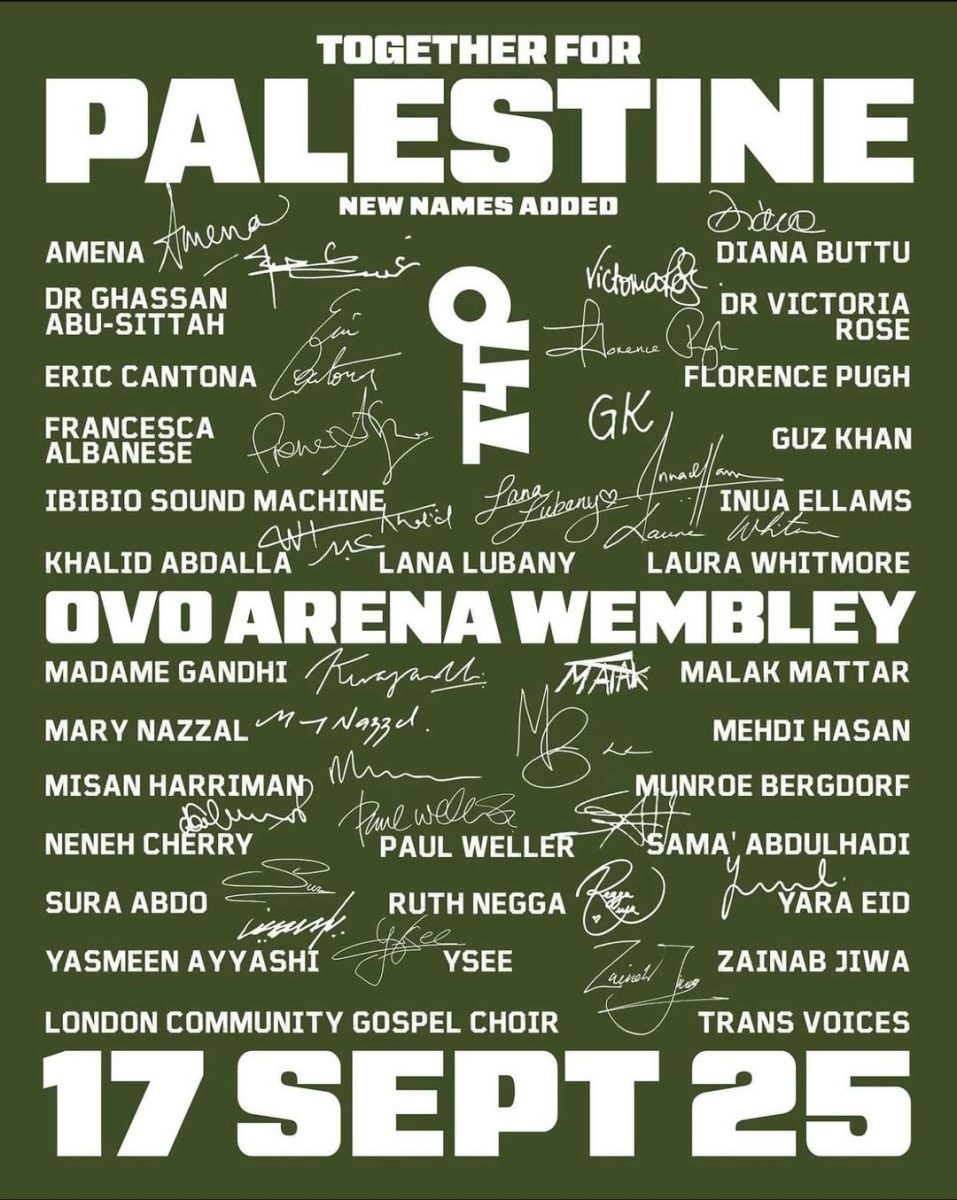Over 100,000 Armenians have been displaced from the Nagorno-Karabakh region after a recent incursion by Azerbaijani forces. The Azerbaijani forces went into Nagorno-Karabakh after an incident of land mines killing four soldiers and two civilians.
The displacement of those 100,000 Armenians has created discourse on whether this counts as ethnic cleansing.
The Council on Foreign Relations considers the displacement as ethnic cleansing based on the United Nations (U.N.) definition of ethnic cleansing. This is based on the Azerbaijan government’s months-long campaign to blockade the one-way people and supplies travel from Armenia to Nagorno-Karabakh, the Lachin Corridor.
In response to allegations of ethnic cleansing, the Azerbaijan Foreign Ministry stated this is “their personal and individual decision and has nothing to do with forced relocation.”
This conflict in the Nagorno-Karabakh region is not the first of its kind, as the conflict started soon after the collapse of the Soviet Union. This was because the two countries were originally part of the soviet union, which had made Nagorno-Karabakh an “autonomous Oblast” within Azerbaijan that was majority Armenian.
Armenia won the First Nagorno-Karabakh War, and the region was de facto autonomous. This saw the creation of the Republic of Artsakh and led to about one million Azerbaijan residents fleeing the region. In 2020, the Second Nagorno-Karabakh war happened, leading to Azerbaijan controlling a third of the region and a peace deal between the two countries and Russia. This put thousands of peacekeeping troops in the Lachin Corridor to protect the Republic of Artsakh.
With Russia preoccupied with its invasion of Ukraine, it has stood by as the third war in the region took place, leading to Azerbaijan’s complete control of Nagorno-Karabakh and the collapse of the Republic of Artsakh.
The displacement of ethnic Armenians within Nagorno-Karabakh is not the only problem of this conflict. It is uncertain if Azerbaijan will stop at retaking Nagorno-Karabakh or if this will result in future conflict in the region.
If there is a future conflict, it’s unlikely Armenia can defend itself. Armenia’s military budget is $1.28 billion compared to Azerbaijan’s military budget of $2.9 billion as of 2022.
Armenia is also relatively isolated geopolitically and geographically as it’s a landlocked country with no reliable way for U.S. or NATO intervention to come through if an invasion of Armenia were to happen. This is because Armenia is bordered by Türkiye, which is allied with Azerbaijan, which also contests the number of deaths and the systemic nature of the Armenian genocide done by the Ottoman Empire in 1915.
Russia also appears to be in a state where it is unable or unwilling to help Armenia, and neither Georgia nor Iran are allies of the U.S. or a part of NATO. There is the additional issue that any NATO involvement in a possible future Armenia-Azerbaijan conflict would be blocked by Türkiye, which is a member of NATO.
How Azerbaijan will treat the ethnic Armenian population who has not fled Armenia is another concern. Many Armenians left due to fears of attacks from Azerbaijan or fear of a loss of religious freedom.
Azerbaijan has promised to “protect the rights and ensure the security of the Armenian population in accordance with Azerbaijan’s law.” There are still doubts whether Azerbaijan will uphold its promises to protect its ethnic Armenian minorities.



